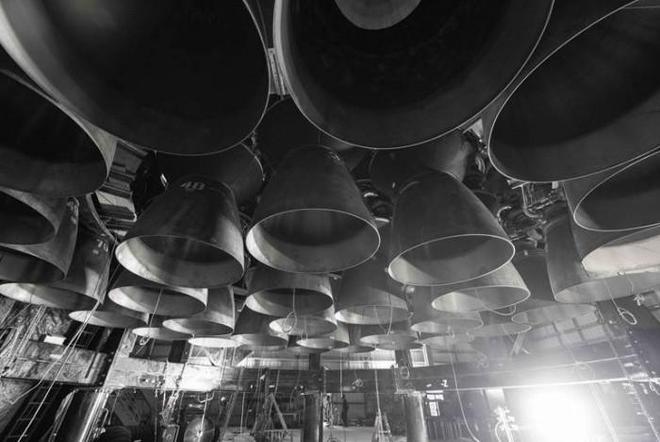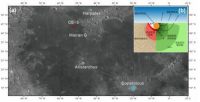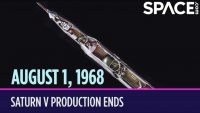Rather than assembling its Falcon 9 rockets before being sent to the launch pad, SpaceX plans to lift two of Starship’s rockets on its own from the launch pad, and to do so, the company built a large crane structure.
After paceX lands its booster on the launch pad, it refurbishes it for the next flight, and then mounts the spacecraft on the booster. The Super Heavy booster, which was rolled out to the tarmac earlier this week, is the first nearly fully assembled prototype — and many hope it will also be the prototype for the rocket’s first launch attempt later this year.
SpaceX’s current workhorse launch vehicle, the Falcon 9, uses nine Merlin engines that can lift payloads weighing up to 23 tons into low Earth orbit (LEO). To launch the much larger Starship, the company plans to increase the thrust fivefold at a time by using more, larger engines and different materials. While the Falcon 9’s Merlin 1D+ engine was capable of producing 221,000 pounds of force (lbf) of thrust, the Starship-mounted Raptor 2 engine was able to push out 510,000 lbf of thrust, more than double the thrust produced by the Merlin engine.
Not only is the Raptor 2 significantly more powerful, but the Starship Super Heavy booster has 33 Raptor 2 engines compared to the 9 engines on the Falcon 9. This, in turn, allows the rocket’s goal to deliver as much as 100 tons to low Earth orbit, which is nearly five times as much as the Falcon 9. SpaceX’s other rocket, the Falcon Heavy, has 27 Merlin engines that can lift 64 tons to low Earth orbit.
Super Heavy Booster 7 is being lifted off the ground and onto a platform in Boca Chica, Texas.

SpaceX rolled out its newest Super Heavy booster to its launch pad in Boca Chica, Texas, yesterday, and it was hoisted a short time later by a crane. The booster is 270 feet tall, 30 feet in diameter, and is expected to weigh 200 tons, according to SpaceX CEO Elon Musk.
Musk’s company advanced work on an orbital test launch of Starship earlier this month as the Federal Aviation Administration (FAA) completed an environmental review of the facility. Still, while SpaceX can perform static fire tests of its rockets, including testing its engines on the ground as well as low-altitude flight tests, it needs additional approval from the FAA to launch the vehicle into orbit.
Regarding the timing of the heat test, a marine safety bulletin issued by the U.S. Coast Guard on Friday informed interested parties that from June 27 to June 30, there will be a SpaceX facility around the SpaceX facility from 10 a.m. to 10 p.m. danger zone. The local government also announced the closure of roads to the Boca Chica highway and beach on June 27 and June 28 for the same duration, which confirms the launch time range from the side.
The static fire test is absolutely critical for a rocket the size of the Starship, it will allow SpaceX to become more familiar with the use of rocket fuel and, more importantly, it will allow the company to check the related systems. A different test earlier resulted in the same booster’s fuel tubes deforming, before SpaceX repaired them within weeks.




GIPHY App Key not set. Please check settings